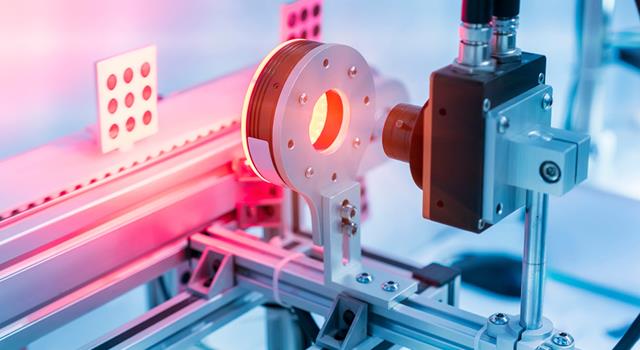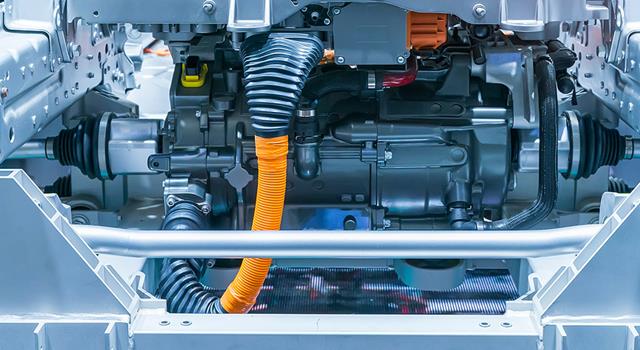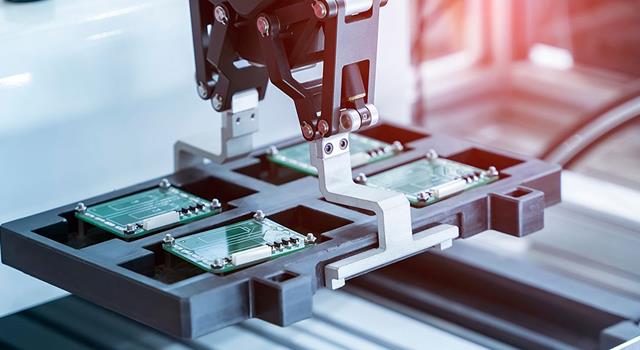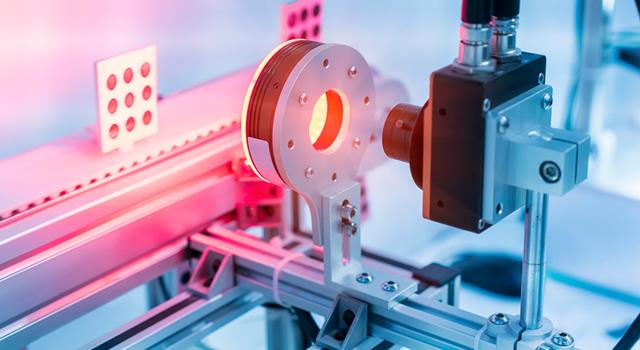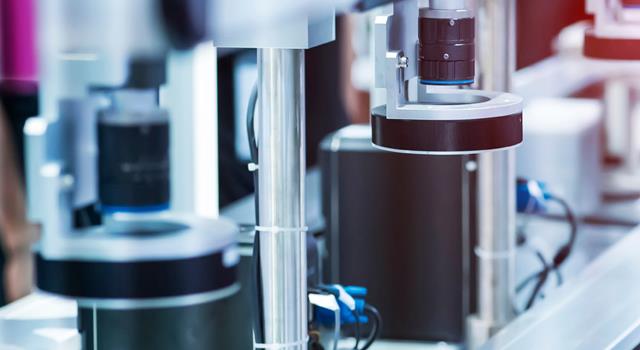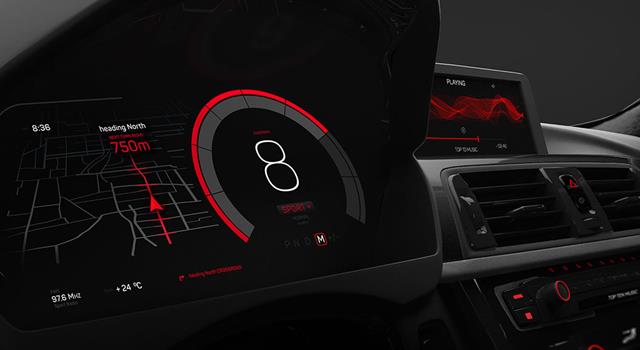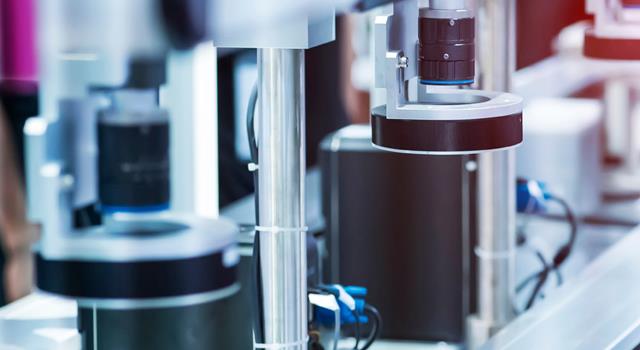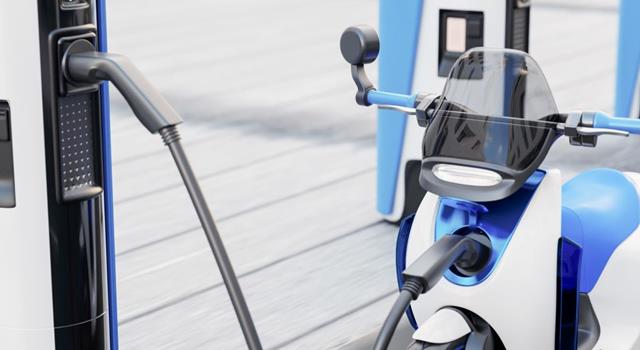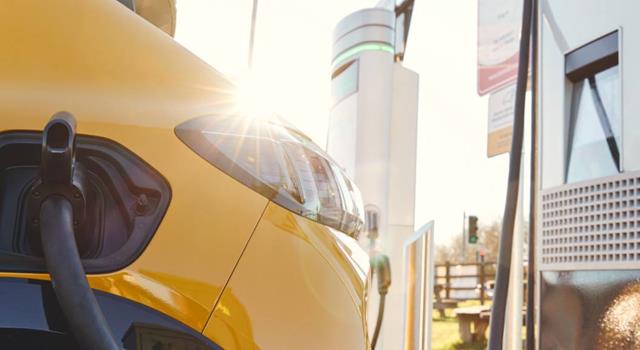In the rapidly developing world of electric vehicles (EVs), research and development (R&D) is the backbone of technological progress. As a well-known name in the motor vehicle industry, Beştaş stands out with its innovative approach to R&D, especially in the development of electric vehicle technologies. This focus is transforming not only its product offerings, but also the wider EV industry, ensuring that sustainability goals are met with advanced technological solutions.
Leading Developments in Electric Vehicle Technology
Bestaş's R&D commitment in electric vehicle technology focuses on several key areas, including energy efficiency, charging solutions, and power management systems. Each of these components is crucial to the performance, cost-effectiveness and consumer acceptance of electric vehicles.
Improved Battery Management Systems:
Bestaş invests heavily in developing sophisticated battery management systems (BMS) that optimize the performance and lifespan of batteries in electric vehicles. The BMS ensures that the batteries operate at optimal temperature and charge levels, which is essential for maintaining battery health and efficiency over time. This technology not only extends the vehicle's range per charge, but also improves the overall safety of the electric vehicle by preventing conditions that can lead to battery failures.
Efficient Onboard Chargers and DC-DC Converters:
The efficiency of an electric vehicle significantly depends on its ability to manage and convert power. Bestaş's on-board chargers and DC-DC converters are designed to maximize the transfer of electricity from the grid to the vehicle and reduce energy loss during the charging process. Advanced on-board chargers facilitate faster charging times, which is key to increasing user convenience and reducing range anxiety among EV users.
Driving Towards a Sustainable Future
Bestaş's R&D initiatives are deeply aligned with the global effort towards sustainable transportation. By focusing on key areas of electric vehicle technology, Bestaş is not only improving the functionality and attractiveness of electric vehicles, but also contributing to the broader environmental goals of reducing carbon emissions. Their innovative technologies ensure that electric vehicles are not only a viable alternative to conventional vehicles, but also a preferable choice in terms of both performance and environmental impact.
Conclusion
Bestaş's work in the field of electric vehicle technology is an example of how targeted R&D efforts can lead to significant advancements in this dynamic field. As Bestaş continues to develop and advance the capabilities of electric vehicles, its role in shaping the future of transportation becomes increasingly important. Bestaş's R&D efforts promise a future where electric vehicles are more efficient, accessible, and environmentally friendly for both consumers and the industry, and constitute an important step towards achieving a sustainable automotive ecosystem.
Similar Posts






